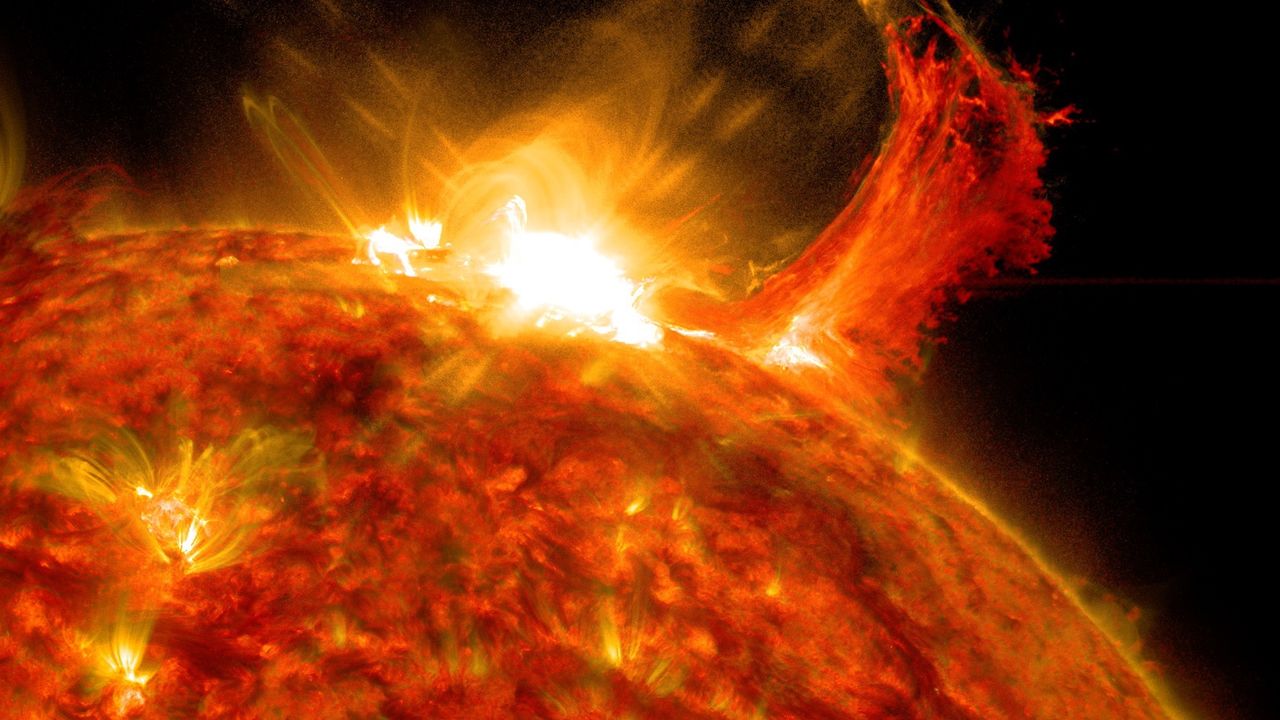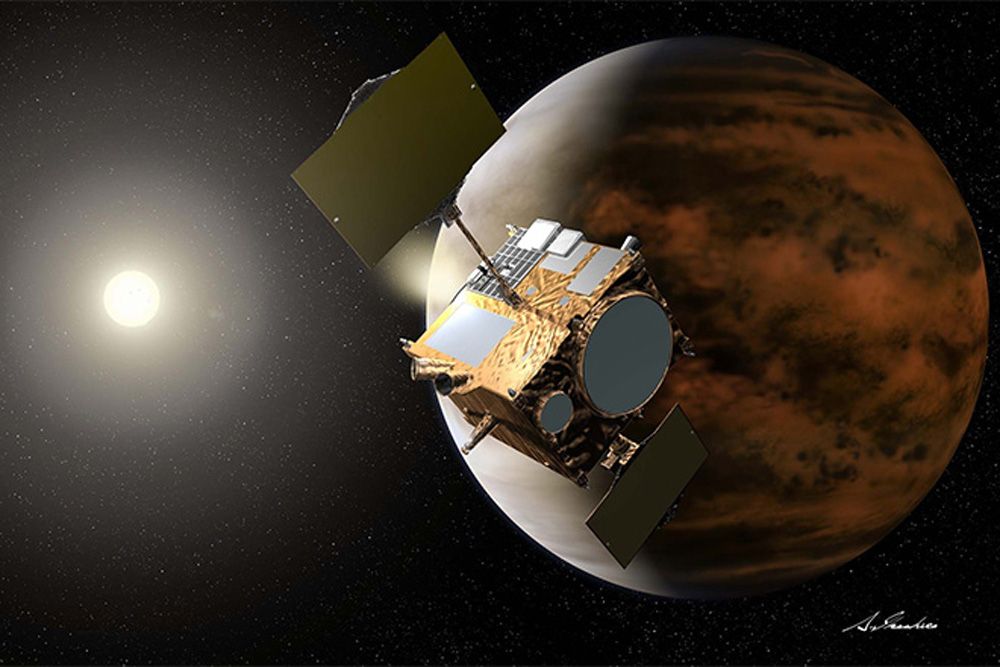Mystery of the sun's mind-bogglingly hot atmosphere may finally be solved
PositiveScience

Scientists have made a groundbreaking discovery by detecting elusive 'magnetic waves' in the sun's atmosphere, which could finally explain the mystery of why the sun's corona is significantly hotter than its surface. This finding is crucial as it enhances our understanding of solar dynamics and could have implications for space weather predictions, affecting satellite operations and communications on Earth.
— Curated by the World Pulse Now AI Editorial System

/https://tf-cmsv2-smithsonianmag-media.s3.amazonaws.com/filer_public/d1/40/d1403318-1e74-47d7-b2a6-4d4966a32ad9/frogresized.jpg)









